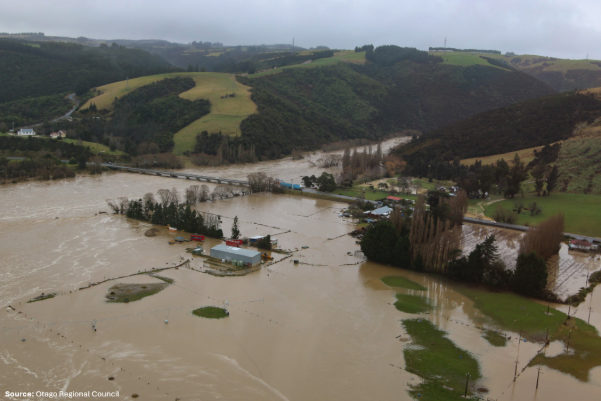How the Data Will Be Used
The findings provide a critical foundation for ORC’s natural hazards prioritisation programme, scheduled to begin in the 2025/26 financial year. The information will also support:
- Long-term planning and land-use decisions.
- Emergency management and regional policy development.
- Infrastructure management and resilience-building projects.
The analysis will assist ORC and partner organisations, including Emergency Management Otago and territorial authorities, to focus natural hazard management efforts where they are most needed.
The natural hazards data used comes from ORC’s region-wide natural hazards mapping, developed using interpretation from aerial imagery and topography, and modelling. While it offers broad-scale insights, it does not replace local-scale studies or individual property hazard or risk assessments.
No new natural hazards investigation was completed for the exposure analysis project, the analysis was based on ORC’s existing natural hazards mapping data, which has been compiled over many years and is publicly displayed on the ORC Natural Hazards Portal.
“This is a living dataset,” says ORC Senior Natural Hazards Analyst, Tim van Woerden.
“As we gain access to more detailed information, we’ll continue refining the analysis.”



